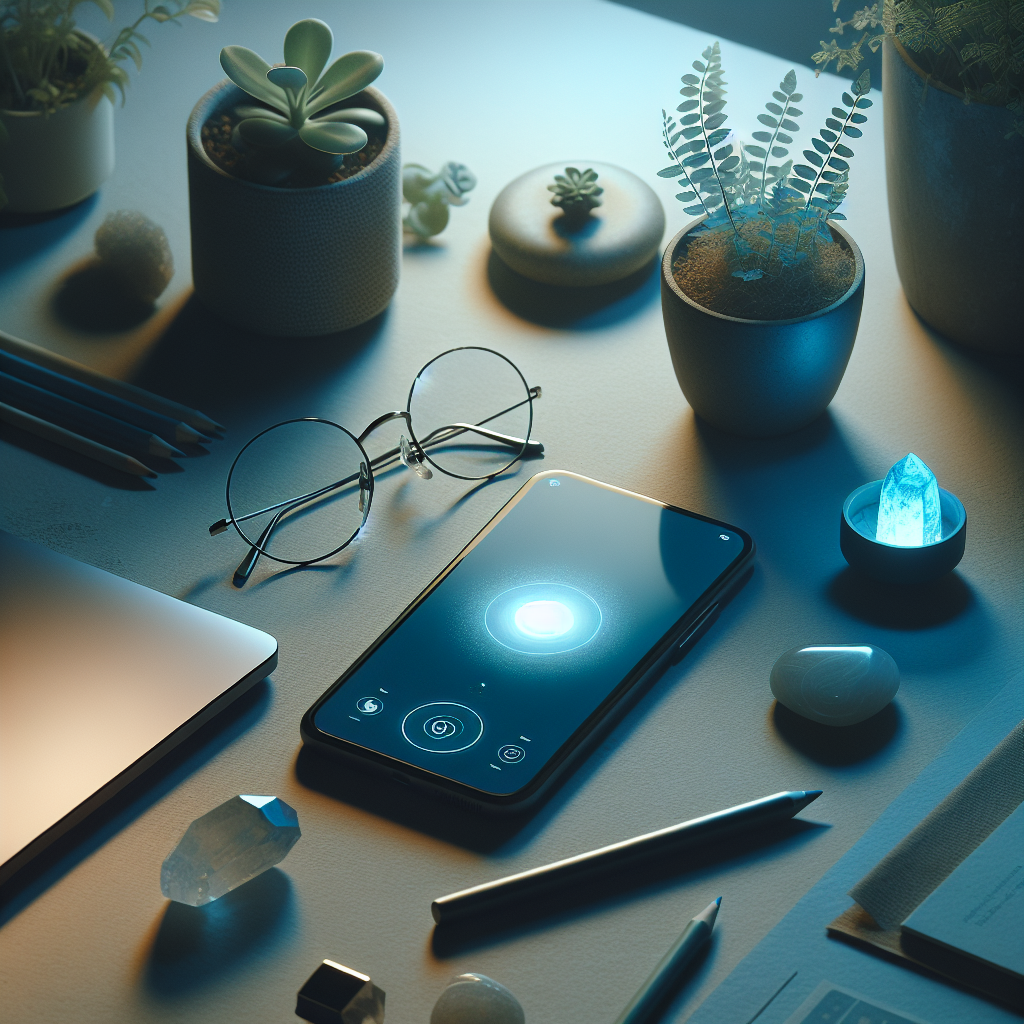### A Comprehensive Look into the Implications of Blue Light on Your Health
Modern advancements brought us technology that has forever transformed our lifestyle. We spend a considerable portion of our time interacting with smartphones, tablets, computer screens, and televisions. One after-effect catching recent attention is the exposure to blue light emitted from these devices. This blog post unveils the science behind blue light, its impact on our health, and the environmental factors that play into this matter.
**Understanding the Science behind Blue Light**
Blue light is a type of light spectrum with a shorter wavelength, meaning it produces a higher amount of energy. Studies suggest that exposure to blue light over long periods can lead to damaged retinal cells. This could lead to vision issues like age-related macular degeneration. According to the American Academy of Ophthalmology, visible blue light itself isn’t a concern; instead, the time spent in front of the screen is problematic because of the close proximity and length of exposure.
**Blue Light and Your Sleep Cycle**
A significant body of research has examined the influence of blue light on our circadian rhythm – our internal body clock that governs sleep and wake patterns. Exposure to blue light suppresses the secretion of melatonin, a hormone that affects our sleep cycle. Especially if you’re exposed to a high amount of blue light in the evening, this can lead to trouble sleeping, or even insomnia.
**The Bright Side of Blue Light**
While we generally discuss the harmful aspects, it’s pivotal to note that blue light is not entirely adverse for health. Exposure to blue light during daylight hours can help maintain a healthful sleep and wake cycle. It can boost alertness, improve memory and cognitive performance, and elevate mood levels.
Natural light from the sun consists of blue light and assists in regulating our body’s sleep cycle. Plus, blue light therapy is often used to treat certain mood disorders like Seasonal Affective Disorder (SAD).
**Protecting Your Eyes from Blue Light**
Given our current digital age, avoiding blue light exposure is nearly impossible. However, we can adopt certain strategies to reduce its potential harm. Here are some tips:
– Follow a 20-20-20 rule: Every 20 minutes, take a 20-second break and look at something 20 feet away.
– Consider wearing blue light glasses: These specially crafted glasses can block a portion of the blue light.
– Use screen filters: Install accessible screen filters on laptops, tablets, and smartphones to decrease blue light emission.
– Adjust screen brightness: Ensure that your screen is not excessively bright. Ideally, it should match the light intensity of your surroundings.
**Looking Ahead**
The study on blue light continues, and how it exactly affects our health remains open for deeper investigation. While certain negative impacts are known, it’s also apparent that blue light can have positive effects, particularly from natural sources. The key is finding a balance and taking steps to protect our eyesight.
Remember, gadgets and devices are an essential part of our lives, but they shouldn’t be governing our sleep schedules or damaging our eyesight. Adjusting your exposure to blue light may be the move you need to ensure you’re protecting your overall wellbeing, while keeping up with the digital world.


